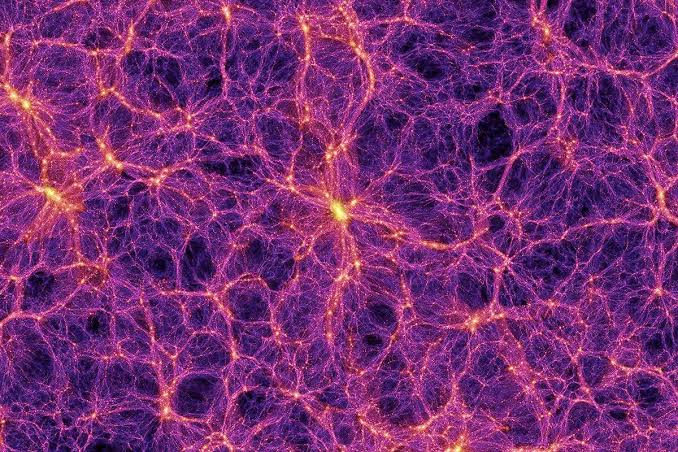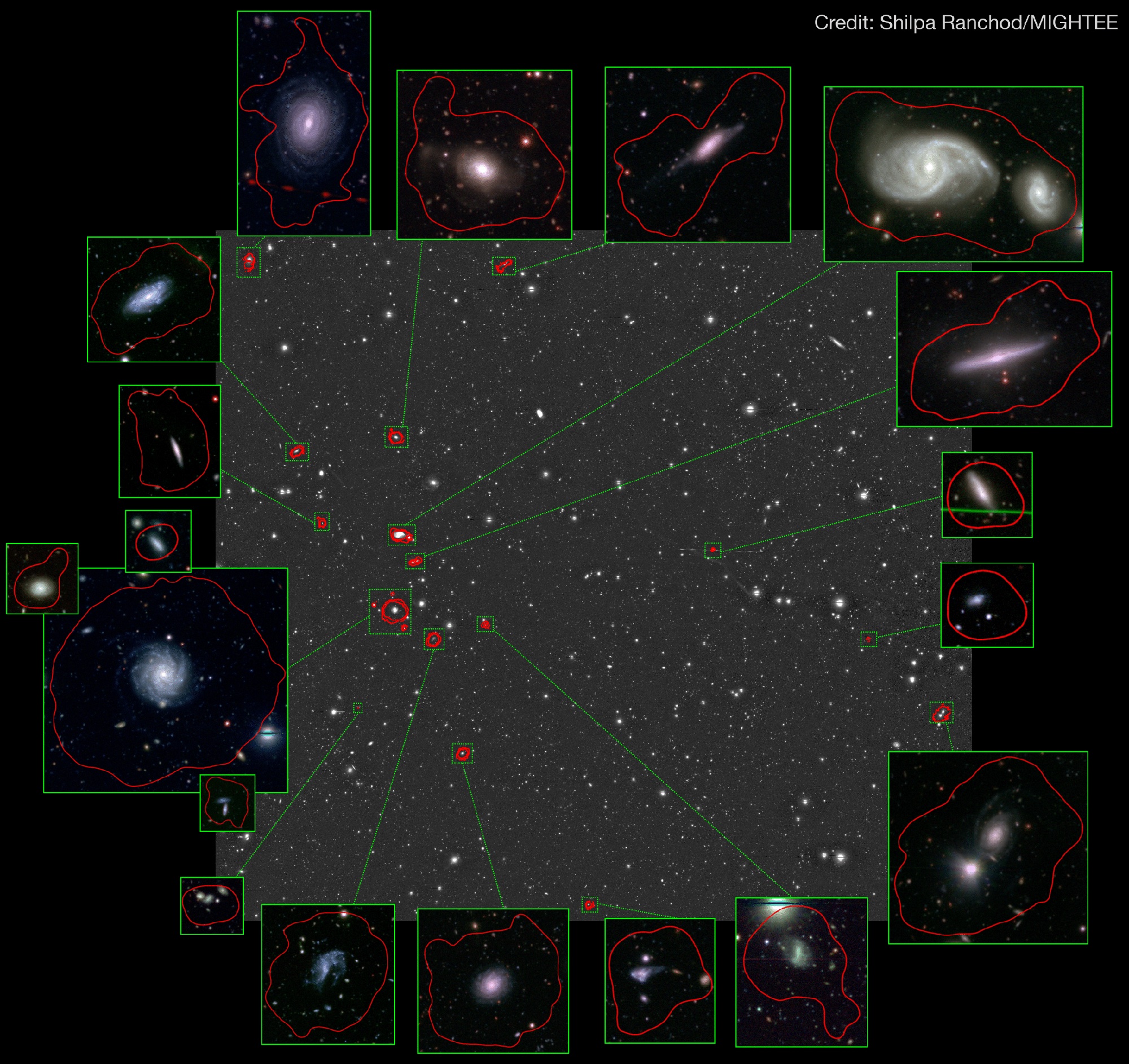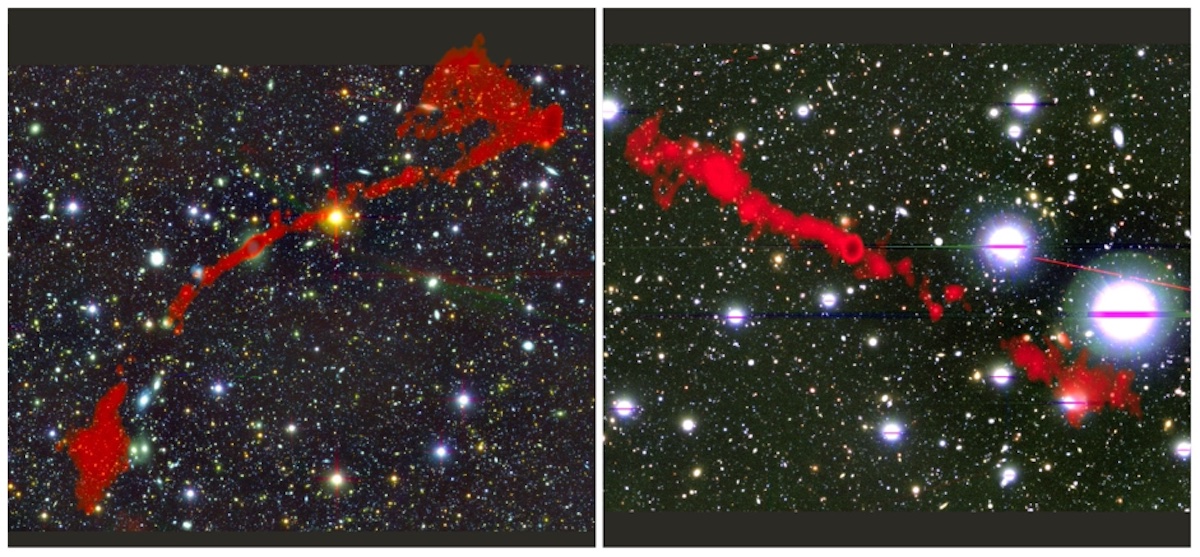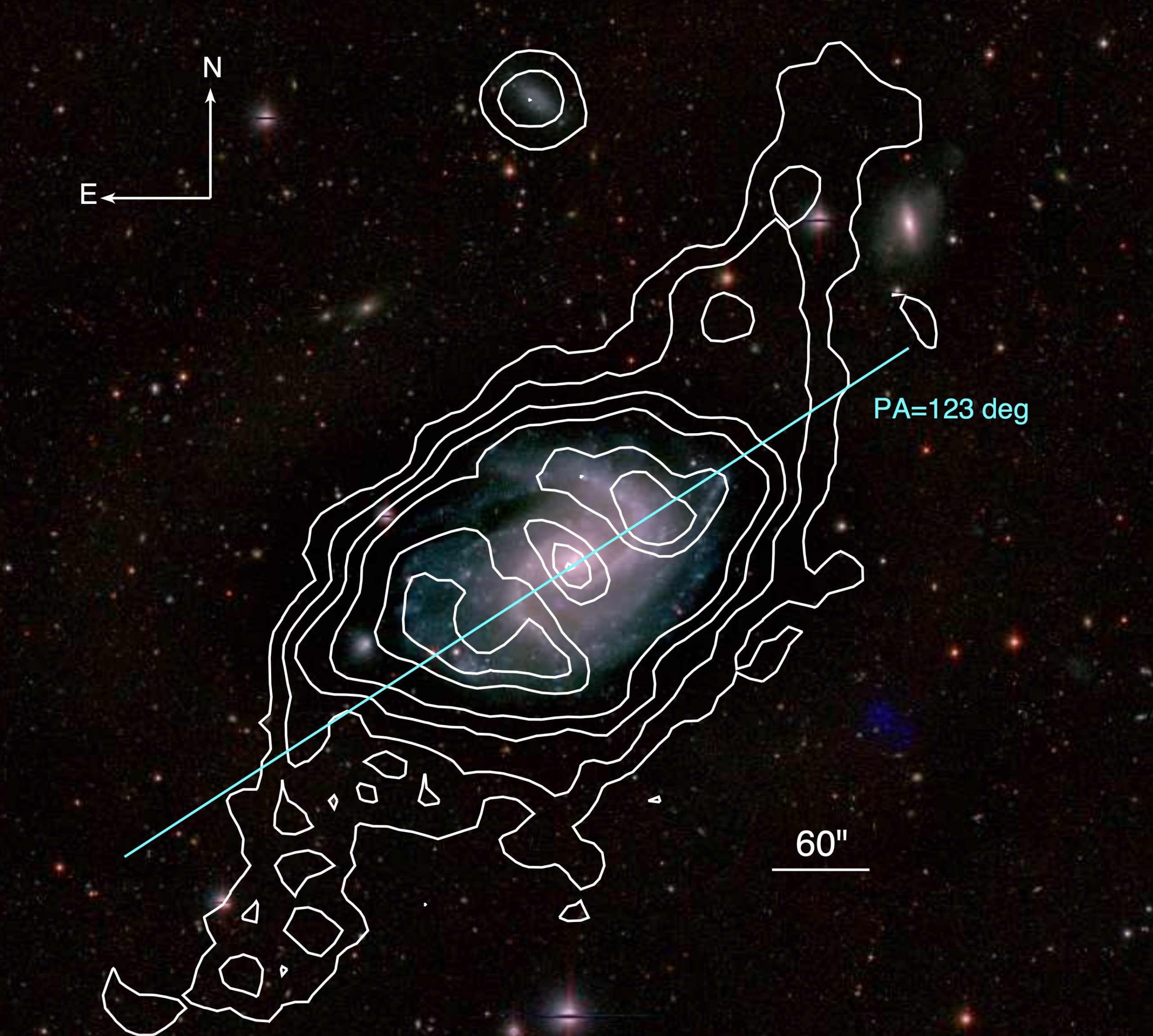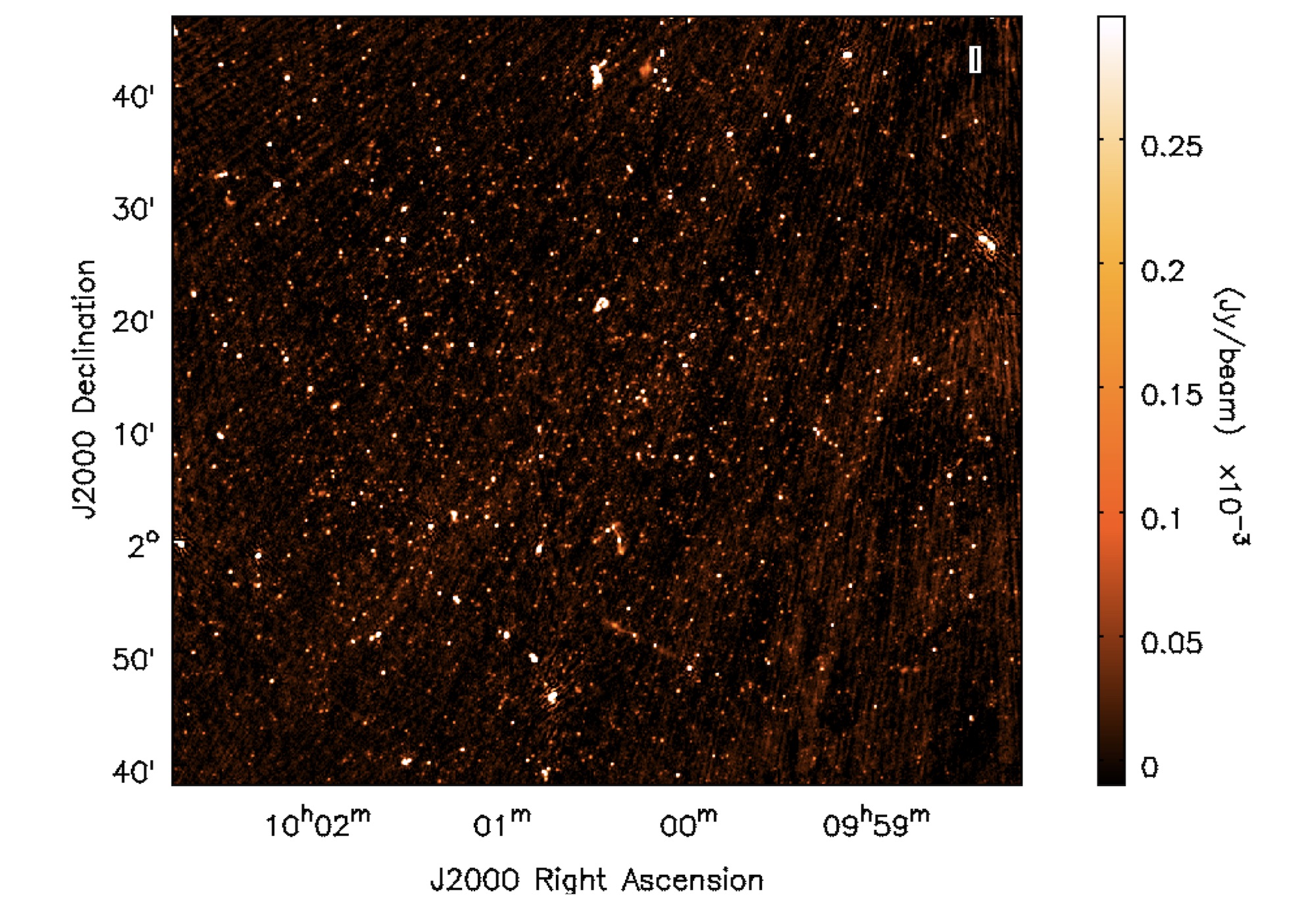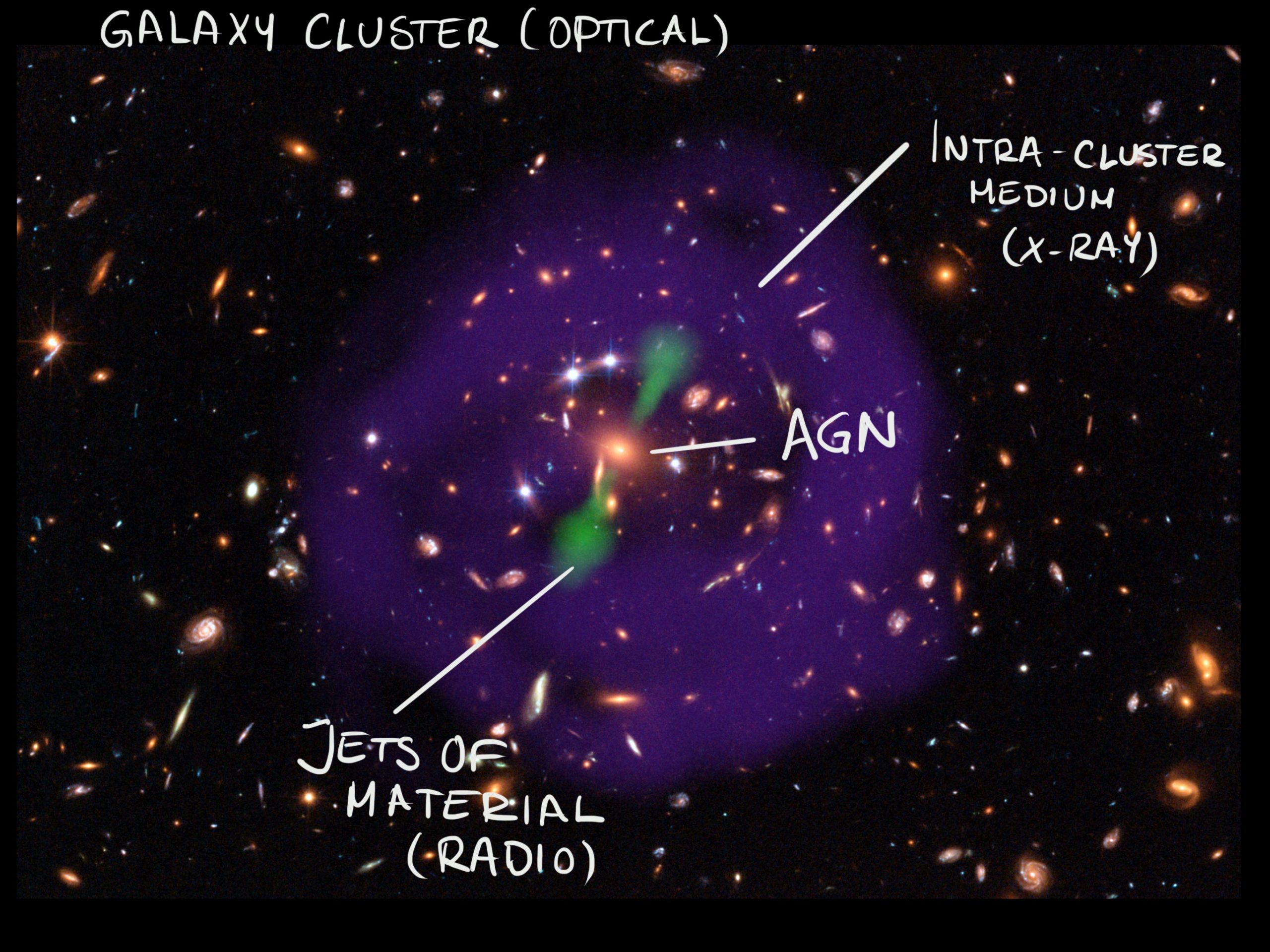Are galaxies spinning in alignment with the cosmic web?
A new paper by the MIGHTEE-HI team reveals the connection between the direction of spin of galaxies and underlying large scale web of structure fund in the universe. Using a sample of 77 galaxies that are also known from other observations, the scientists calculated the axis around which the galaxies are spinning. If the background intergalactic distribution of matter (ordinary … Read More

